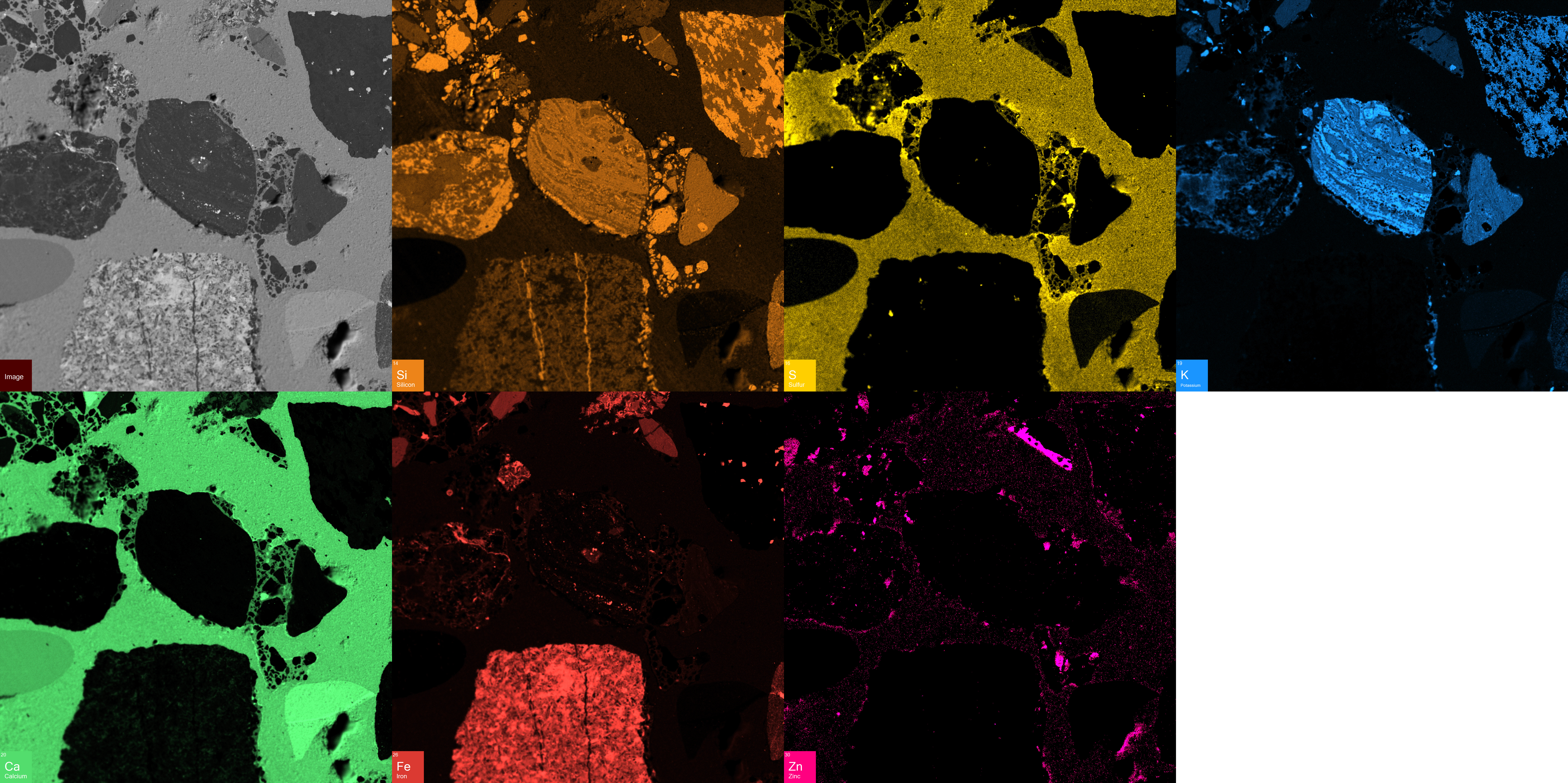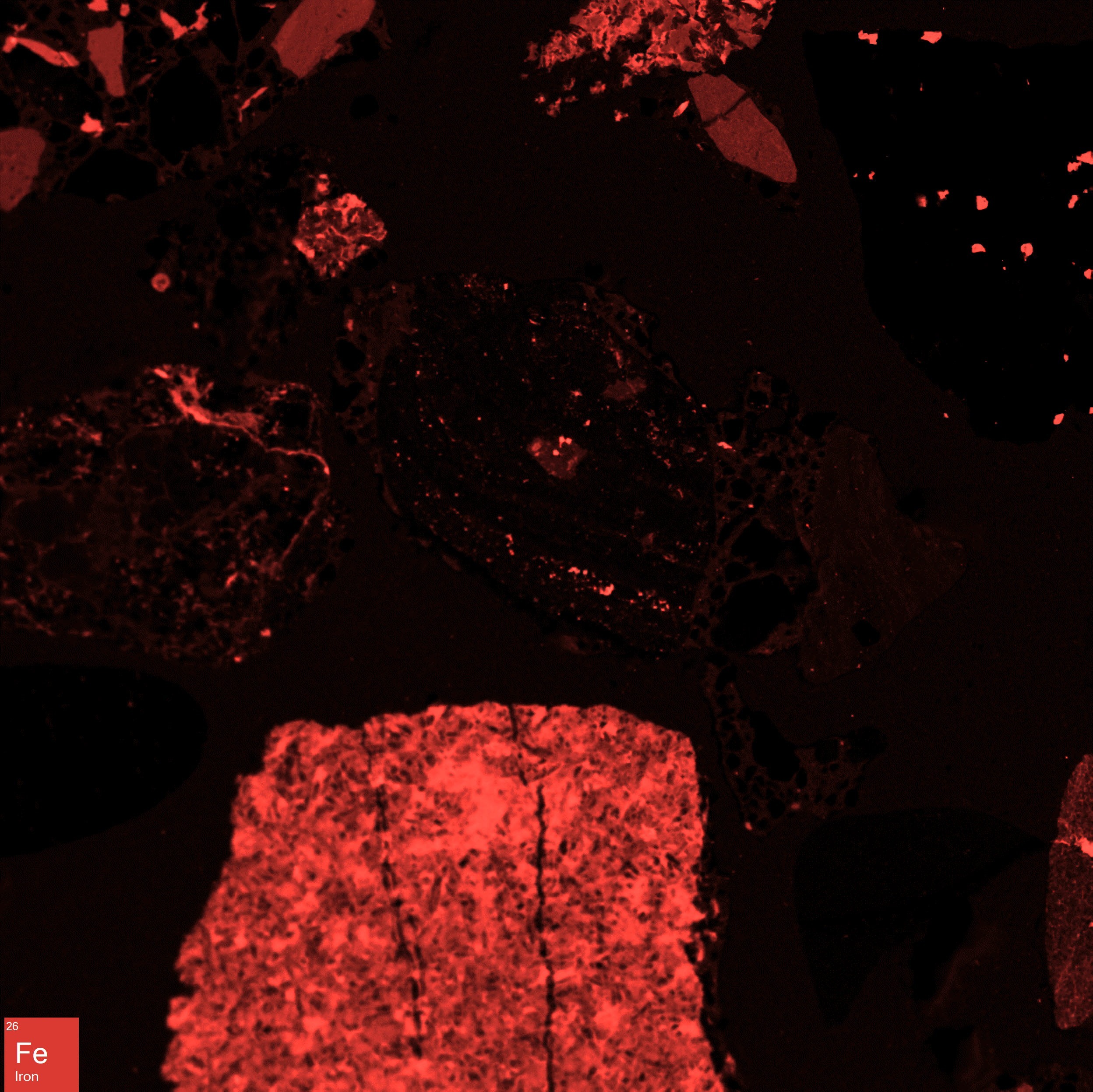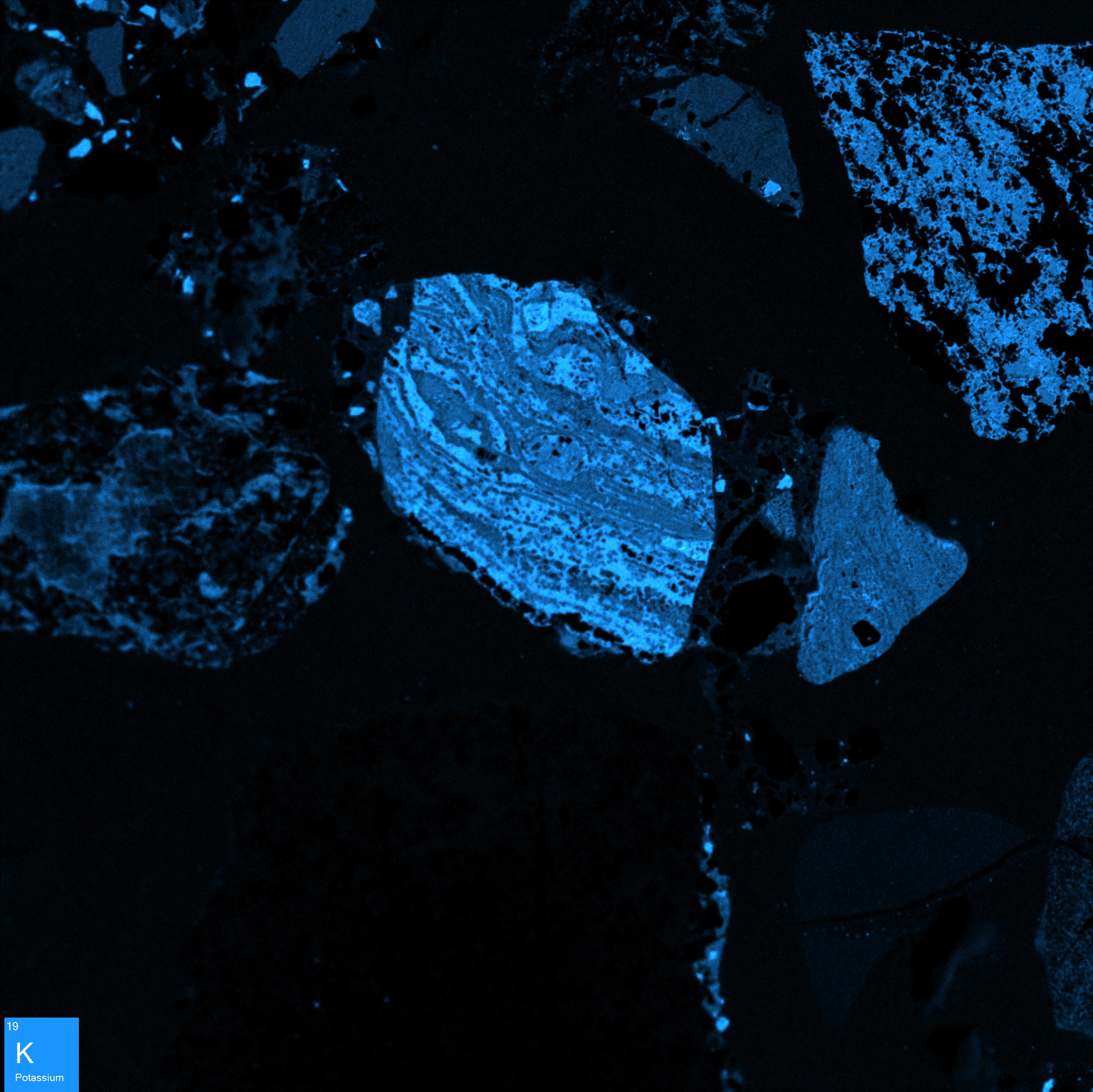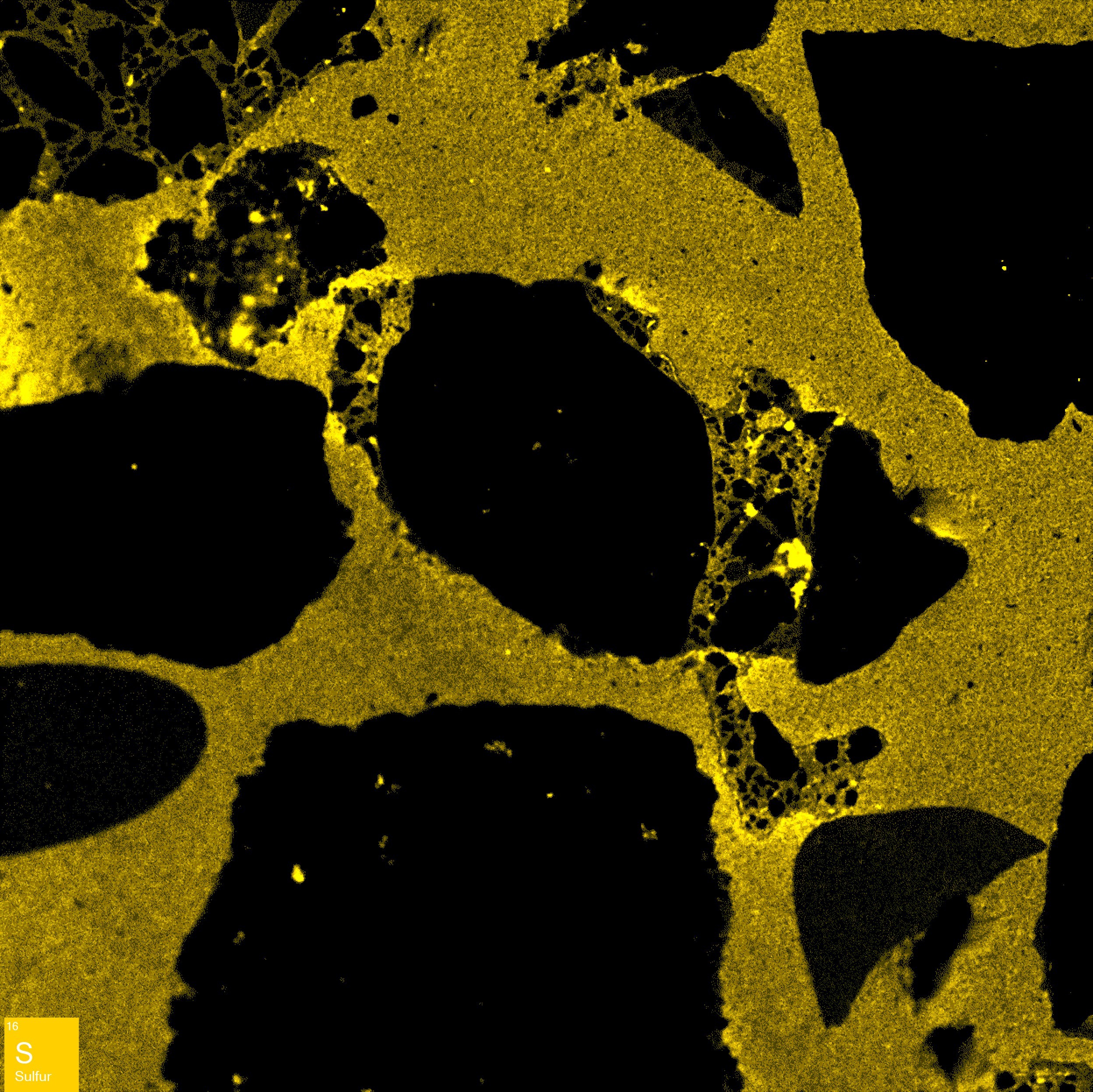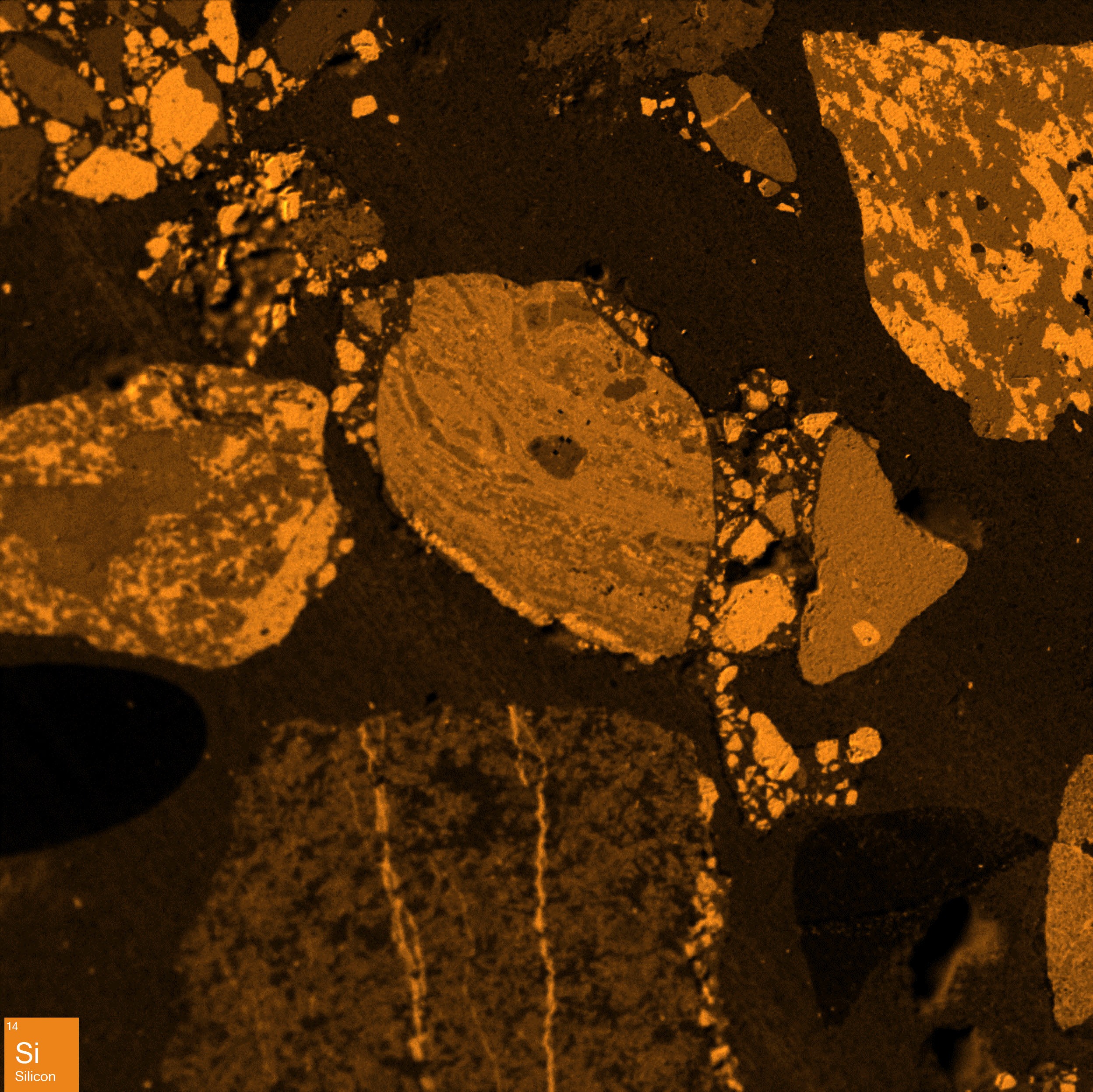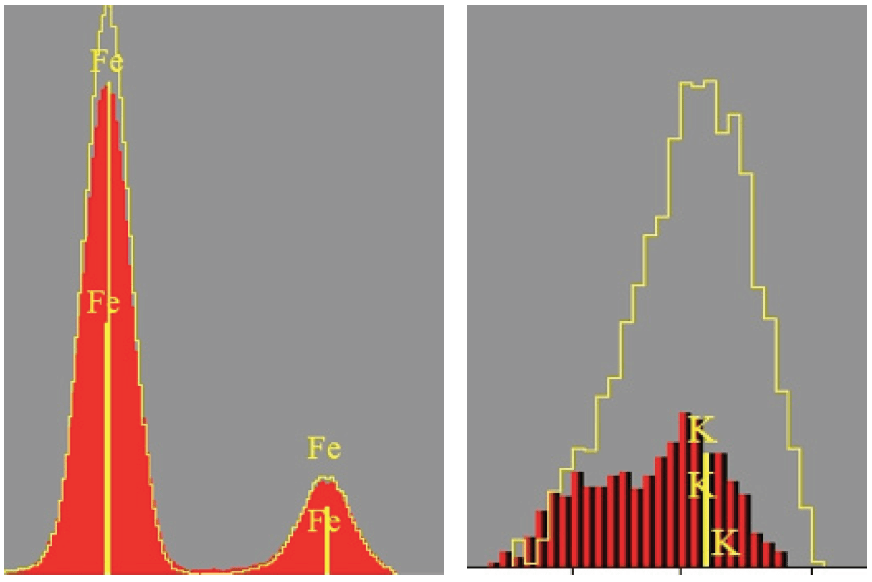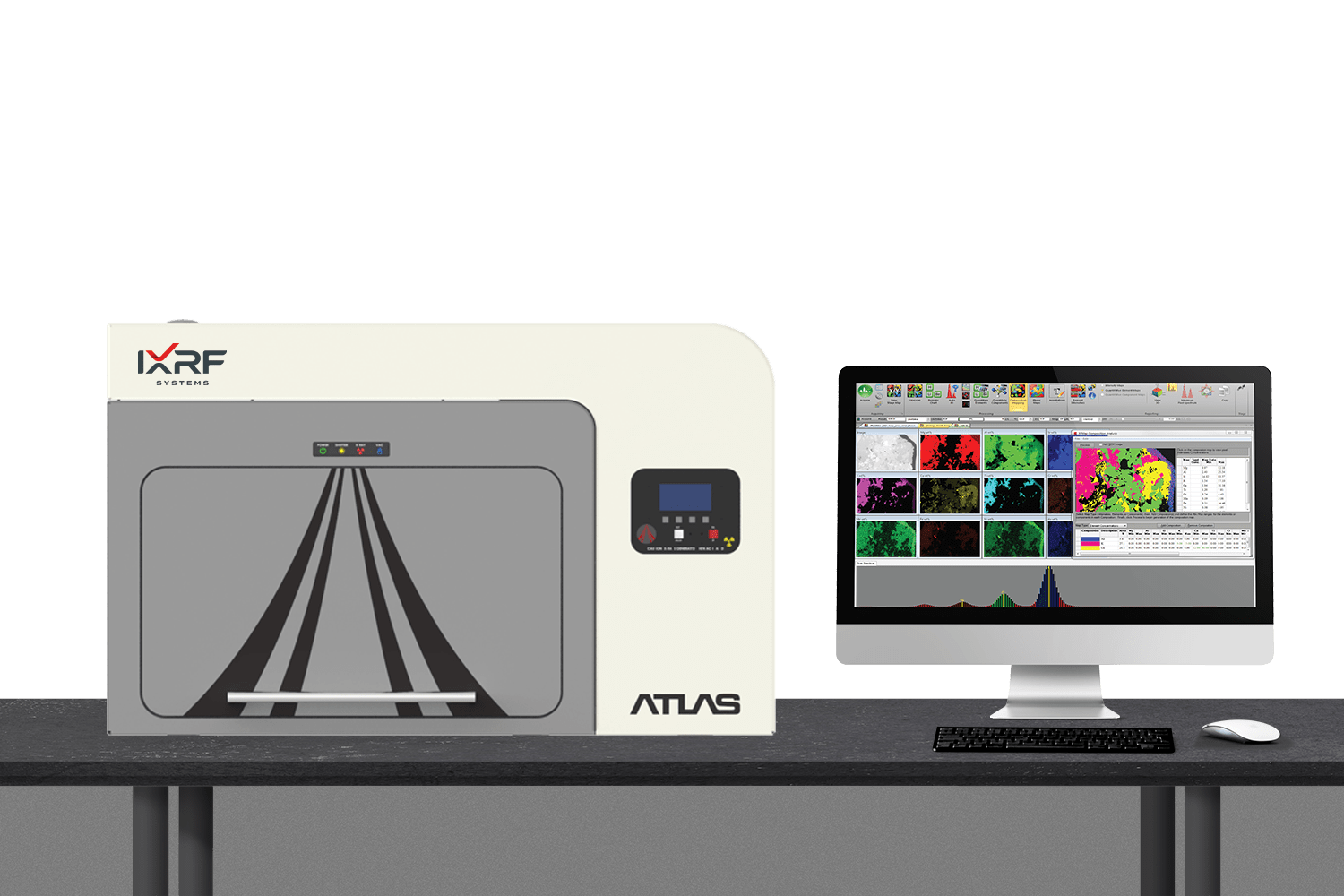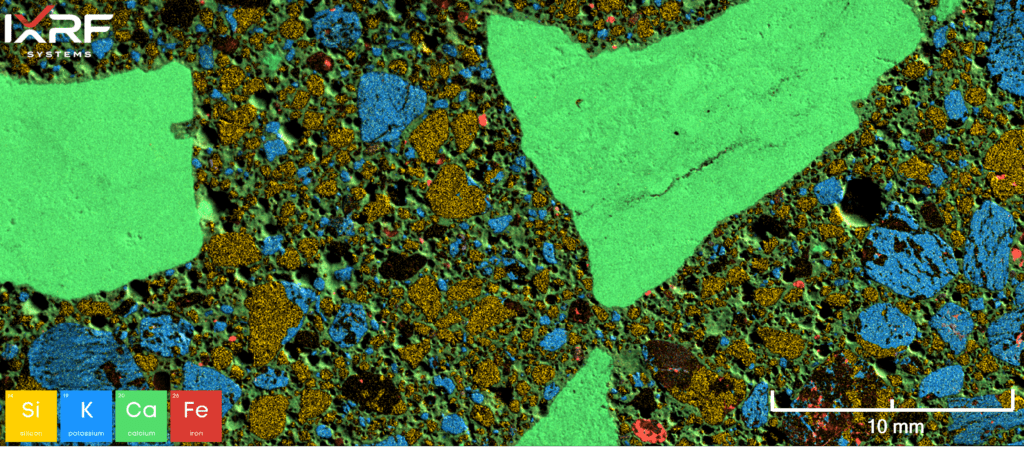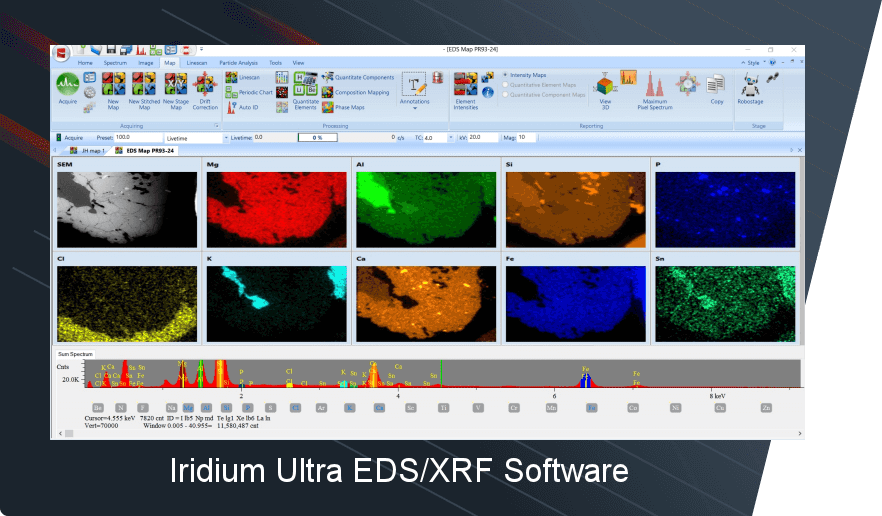In its simplest form, concrete is a mixture of paste and aggregates. The paste, composed of Portland cement and water, coats the surface of the fine and coarse aggregates. Through a chemical reaction, the paste hardens and gains strength to form the rock-like mass known as concrete.
Concrete is durable, strong, and relatively low-cost, which makes it the backbone of buildings and infrastructure worldwide. Houses, schools, hospitals, airports, bridges, highways and rail systems, and more use concrete, making it the most-produced material on Earth. Concrete will only be more in demand as developing nations become increasingly urban, extreme weather events necessitate more durable building materials, and the price of other infrastructure materials continues to rise.
It is common to use the terms cement and concrete interchangeably incorrectly. Cement is an ingredient used to make concrete. Cement is the fine powder that forms concrete when mixed with water, sand, gravel, or crushed stone (fine and coarse aggregate). Portland cement, the most common type of cement, is made by mining and then grinding raw materials, including limestone, clay, and bauxite, to a fine powder called raw meal. This is then heated in a rotating cement kiln. This process produces clinker: rounded nodules between 1mm and 25mm across. Routine chemical analysis is an essential part of controlling cement manufacturing, from the complete analysis of raw materials to testing each stage of the process. Specifically, the composition of clinker has to be closely monitored to ensure the quality of the cement.
Excess-free lime has undesirable effects such as volume expansion, increased setting time, or reduced strength. Free lime must be monitored constantly during the process to allow the operator to determine and maintain the optimum operating temperature of the kiln to obtain maximum reactivity and reduce thermal consumption. Control of the primary reaction requires accurate analysis of calcium, silicon, aluminum, and iron in the raw meal.
Fast and accurate cement analysis is required for today’s cement manufacturing industry.
X-Ray fluorescence (XRF) spectrometry is one of the most straightforward instrumental techniques for analysis in cement works because there is no sample preparation, and results can be reviewed minutes after a sample is taken. XRF analysis can be used at many stages of the cement analysis process, from raw materials, i.e., at the quarry, to intermediate products (clinker, gypsum, limestone) and the finished product (cement). But also, waste materials are increasingly being used in the cement-making process. When they contain the main cement-making components, waste materials can replace some of the natural raw materials and combustible wastes. This means more testing of the incoming raw materials during the process and in the final product.
The ATLAS microXRF provides quick and accurate chemical composition analysis with no sample preparation, allowing the cement to be continuously produced on a 24/7 basis with no delays or reworks.
